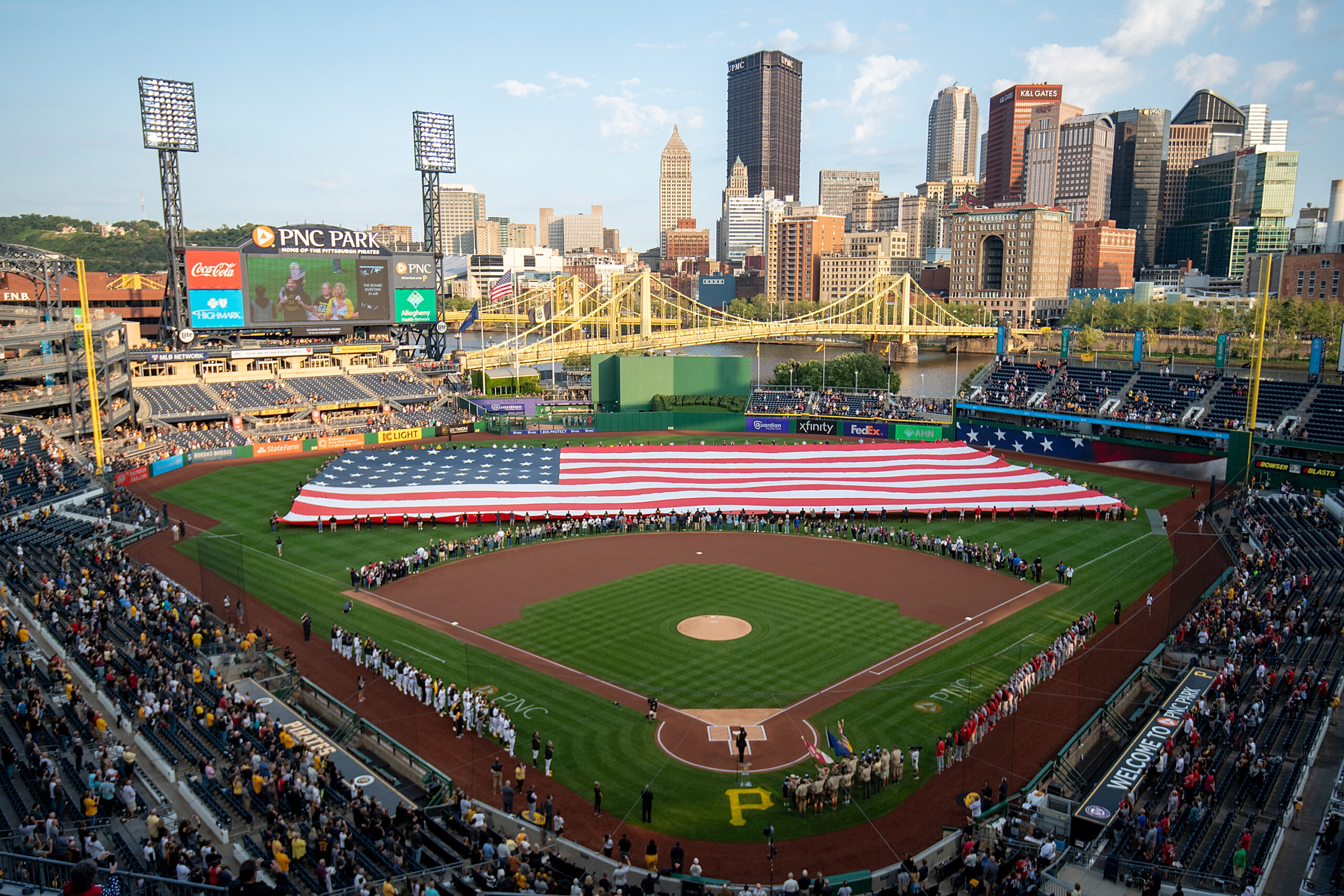“Can a new stadium revive Pittsburgh’s ailing team?”
That was the headline on a Wall Street Journal story of April 11, 2001, upon the opening of PNC Park, the multimillion-dollar new field of dreams for the then-Pirates’ baron of sport.
It was with the help of end-around running politicians — hooking and crooking all the way — that taxpayers were forced to pay for the majority of a new baseball stadium that they had expressly rejected at the ballot box.
The baron and pols of the day argued incessantly that the new ballpark would not only shore up the struggling small-market National League team’s finances but bring world championships back to the Erstwhile Steel City.
But while it appears to have padded the pockets of the then-owner and the succeeding, current owner – it’s difficult not to when the public is paying for your physical plant – that promise of world championships, of course, never has come to pass over the past 20 years.
Truth be told, and as The Journal itself documented two decades ago:
“A new, glamorous ballpark is no longer the instant savior that it was in the early 1990s. Back then, the first revenue-rich, retro-style stadiums helped give teams such as the Baltimore Orioles, Cleveland Indians and Texas Rangers a big leg up on their competitors by helping them attract bigger crowds and better players. Today, a new stadium is a bare necessity to keep fans coming. The extra money generated by higher ticket prices, advertising and attendance aren’t enough anymore to ensure on-field success.”
The Pittsburgh Pirates are the poster child for that failure – this season on track to lose 100 or more games and likely finish among the worst of the worst in Major League Baseball.
And now, an insightful Post-Gazette analysis details the falling and flailing public returns on that taxpayer “investment.”
We’ll spare you the weeds (as we will the Pirates’ “but for” defense that any return is better than the supposedly nonreturn there would have been had PNC Park never been built) but the gist of the P-G story is the rising concern over a lack of monetary returns.
And that’s not only from merchants whose businesses rely on the Pirates being winners and not losers but also government entities that see less income because of the same.
The bottom line is PNC Park was built on two false premises.
First, it was that the new ballpark would be the be-all and end-all to reviving Pittsburgh’s post-industrial economy. Given the data, it did not. Just look at the jobs, population and overall economic stagnation over the period.
The second false premise was that a new field of dreams would make the Pirates a perennial championship contender. Given the franchise’s record since PNC Park opened, it has not been one save a few outlier years on the periphery.
We were regularly labeled as “naysayers” two decades ago for rejecting the stadiums hustle. But we, the naysayers, were right. And we told you so then, as we tell you again now.
Colin McNickle is communications and marketing director at the Allegheny Institute for Public Policy (cmcnickle@alleghenyinstitute.org).



